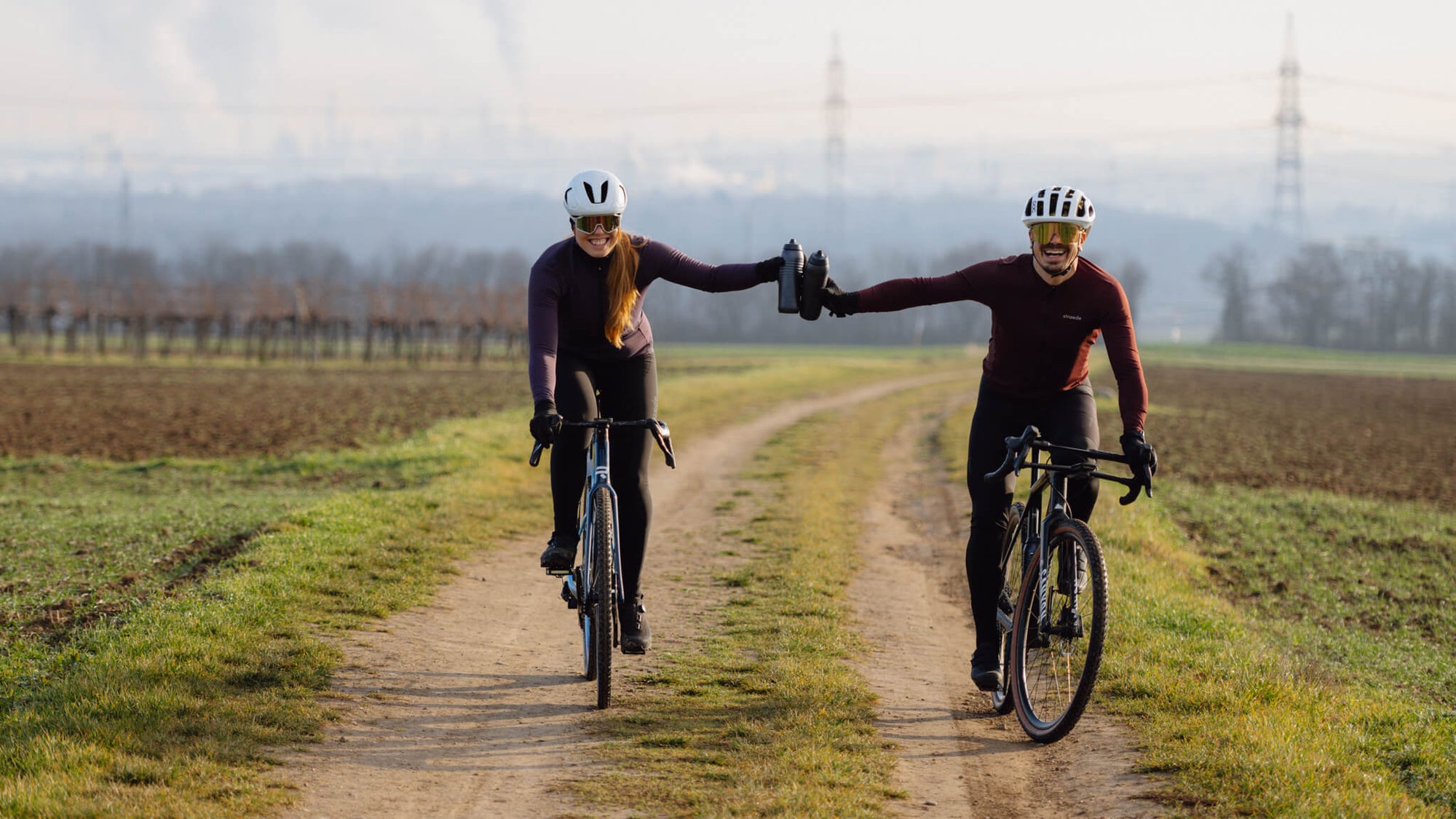10 Tips on How to Cycle More Sustainably in 2025 and What to Consider
Sustainability is not just a megatrend, but also a way of life that we can integrate into more and more areas of our everyday lives. Cycling is one of the most environmentally friendly forms of transport – but there is still potential to make your journeys even more resource-efficient and sustainable.
We have put together 10 tips on how you can cycle more sustainably in 2025.
1. Plan consciously and efficiently
Before you set off, plan your route carefully. Use apps and tools that show you the safest and most efficient routes to avoid unnecessary detours. You can also consider integrating errands or tasks into your trips to save time and resources.
2. Focus on local and durable equipment
Instead of cheap mass-produced goods, you should focus on high-quality and repairable products. Whether it's your bike itself, your clothing, or your accessories – locally produced items made from sustainable materials have a better environmental footprint.
3. Nutrition: Refuel sustainably and prepare yourself
When you cycle, you are the engine. Make sure you "fuel up" with sustainable foods. Regional and seasonal snacks such as fruit, nuts, or homemade energy bars are a better choice than packaged products with long supply chains. You can also prepare your food at home - this saves packaging waste and gives you control over the ingredients.
4. Traveling by bike
Plan your next vacation by bike! Instead of taking the plane or car, you can discover new regions via long-distance cycle paths. For longer distances, combine the bike with the train; most railway companies in Europe offer special compartments for bicycles. This will greatly reduce your carbon footprint.
5. Care and maintenance: Extend the life of your bicycle
A well-maintained bike lasts longer and functions more efficiently. Regularly lubricating the chain, checking the brakes, and inflating the tires are simple measures that reduce wear and conserve resources. Use biodegradable care products to protect the environment.
6. Avoid unnecessary packaging
Whether it's snacks for the tour or spare parts for your bike, avoid unnecessary packaging. Reusable containers, cloth bags, or unpackaged products are the better choice.
7. Buy Second-Hand Instead of New
Before you buy new equipment, check out second-hand platforms or local bicycle workshops. You can often find used bikes, spare parts or clothing in excellent condition. This saves resources and money.
8. Avoid Disposable Items
Disposable products are often convenient, but a major burden on the environment. Rely on reusable alternatives such as sustainable water bottles, repair kits or reusable rain covers for your saddle.
9. Share Your Passion
Sustainable change is best achieved when you share it with others. Organize carpools, join a local cycling group, or inspire friends and family to switch to cycling as well. Together you can create a greener future.
10. Combine cycling with other sustainable habits
Sustainability doesn't end with cycling. Combine it with other environmentally friendly practices, such as plastic-free food, the use of reusable solutions, or conscious shopping. Your bike can be the starting point for many positive changes.
Sustainability doesn't mean perfection, but more conscious decisions. If you integrate these tips into your everyday life step by step, you'll help make the world a little better – and have fun and exercise while doing it.
If you would like to learn more about durable and sustainable water bottles, you can find all the information HERE.


